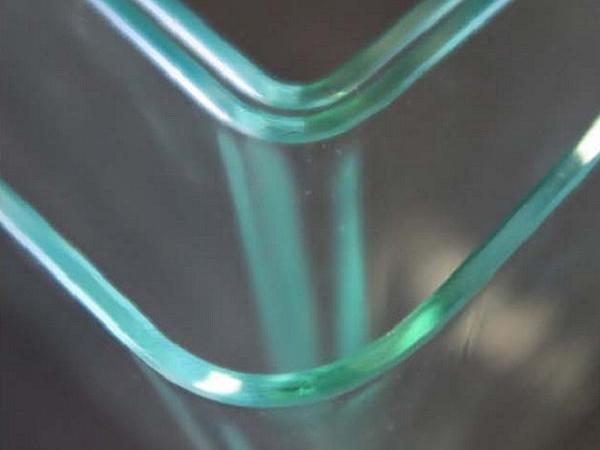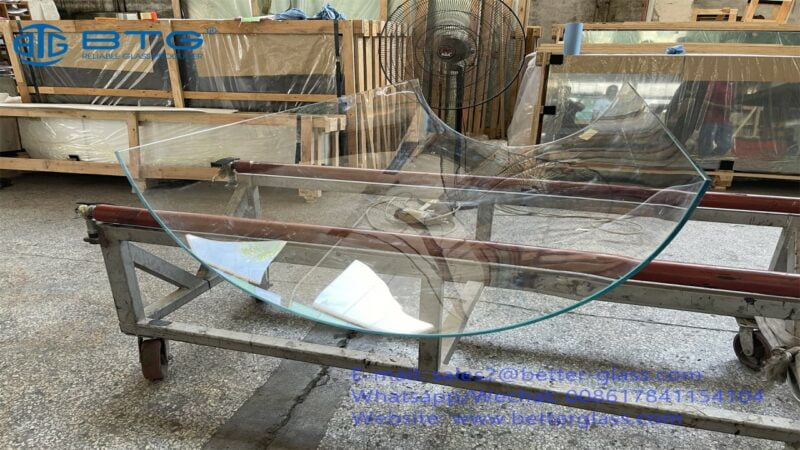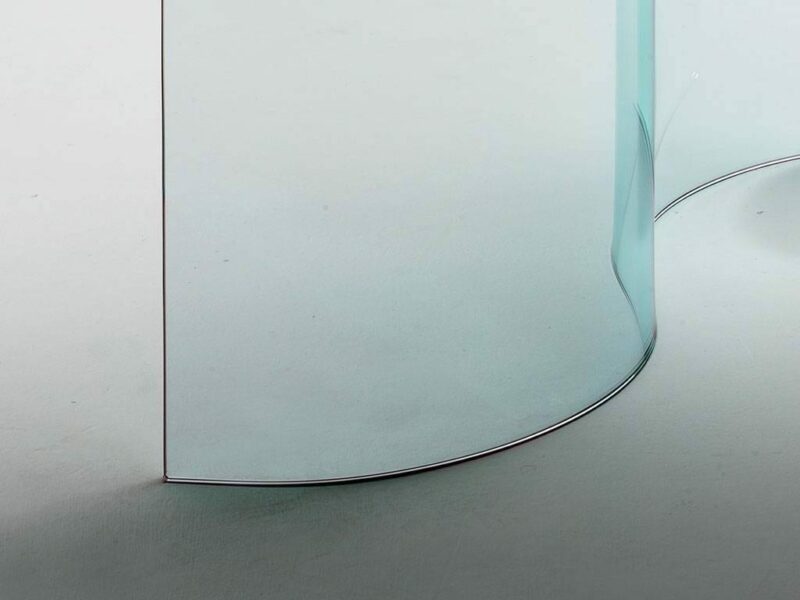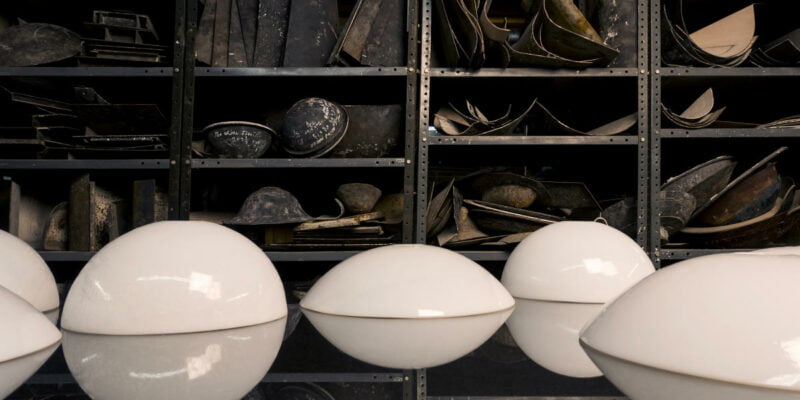\In a recent post, we looked at everything you need to know about plexiglass. This time around, we are going to look at the popularity of bent glass in the home.
When it comes to modern architectural features and interior design, bent glass stands out as a distinctive element that adds a unique aesthetic and functional value to homes.
This versatile material can transform both the exterior and the interior of a building, offering seamless views and a sleek appearance. Here’s an in-depth look at bent glass and how you can utilize it in your home.
What is Bent Glass?
 Bent glass is glass that has been heated to a pliable forming temperature and then shaped into a curve or other non-linear shapes.
Bent glass is glass that has been heated to a pliable forming temperature and then shaped into a curve or other non-linear shapes.
This process can be achieved through various methods, including sag bending, where the glass sags into or over a mold by gravity, and press bending, where the glass is pressed into a mold.
And, there is no shortage of custom glass bending professionals and manufacturers nowadays due to the sheer popularity of the technique at the moment.
Benefits of Using Bent Glass
Aesthetic Appeal: Bent glass offers a smooth, continuous surface that provides a modern and sophisticated look. Its ability to be molded into various shapes makes it ideal for custom designs.
Enhanced Natural Light: The curved surface of bent glass allows for more light diffusion within a space compared to flat glass, brightening up any room and making spaces appear larger and more inviting.
Energy Efficiency: When used as part of the building envelope, bent glass can contribute to energy efficiency. Its curvature can be optimized to control solar gain and loss, effectively contributing to heating and cooling requirements.
Unobstructed Views: Particularly useful in scenic locations, bent glass can be installed with minimal frames, providing expansive, uninterrupted views.
Applications of Bent Glass in Home Design
 Windows, Skylights and Living Room Lights (see main image): Curved windows or skylights can offer a dramatic look while allowing more natural light compared to traditional flat glass.
Windows, Skylights and Living Room Lights (see main image): Curved windows or skylights can offer a dramatic look while allowing more natural light compared to traditional flat glass.
Glass Staircases and Railings: Bent glass can be used for staircases and railings, providing safety without compromising on the visual openness of a space.
Shower Enclosures: A bent glass shower enclosure can turn an ordinary bathroom into a spa-like retreat with sleek, uninterrupted glass lines.
Furniture: Bent glass is often used in furniture such as tables and shelving, adding a touch of elegance and modernity to home interiors.
Installation Considerations
Installing bent glass requires professional handling due to its weight and the complexity of the shapes.
It is crucial to work with a skilled contractor who has experience in handling and installing bent glass. Proper measurement and installation are vital to ensure the structural integrity and performance of the glass.
Maintenance of Bent Glass
 Maintaining bent glass is similar to any other glass product. Regular cleaning with appropriate glass cleaners and soft cloths will help maintain its clarity and shine. Avoid using abrasive materials which can scratch the surface.
Maintaining bent glass is similar to any other glass product. Regular cleaning with appropriate glass cleaners and soft cloths will help maintain its clarity and shine. Avoid using abrasive materials which can scratch the surface.
Cost Implications
The cost of bent glass can vary significantly based on the complexity of the design, the type of glass used, and the installation details. It is generally more expensive than flat glass due to the specialized manufacturing process.
Conclusion
Bent glass offers a dynamic and functional element to modern homes. Its ability to blend aesthetics with practicality makes it a popular choice among homeowners looking to add a contemporary touch to their living spaces.
While the initial cost and installation may be higher than traditional glass, the unique benefits and striking appearance of bent glass make it a worthwhile investment for those looking to enhance their home with something truly special.
Whether you are renovating an existing space or building a new home, consider bent glass for a distinctive design element that won’t go unnoticed.













Comments